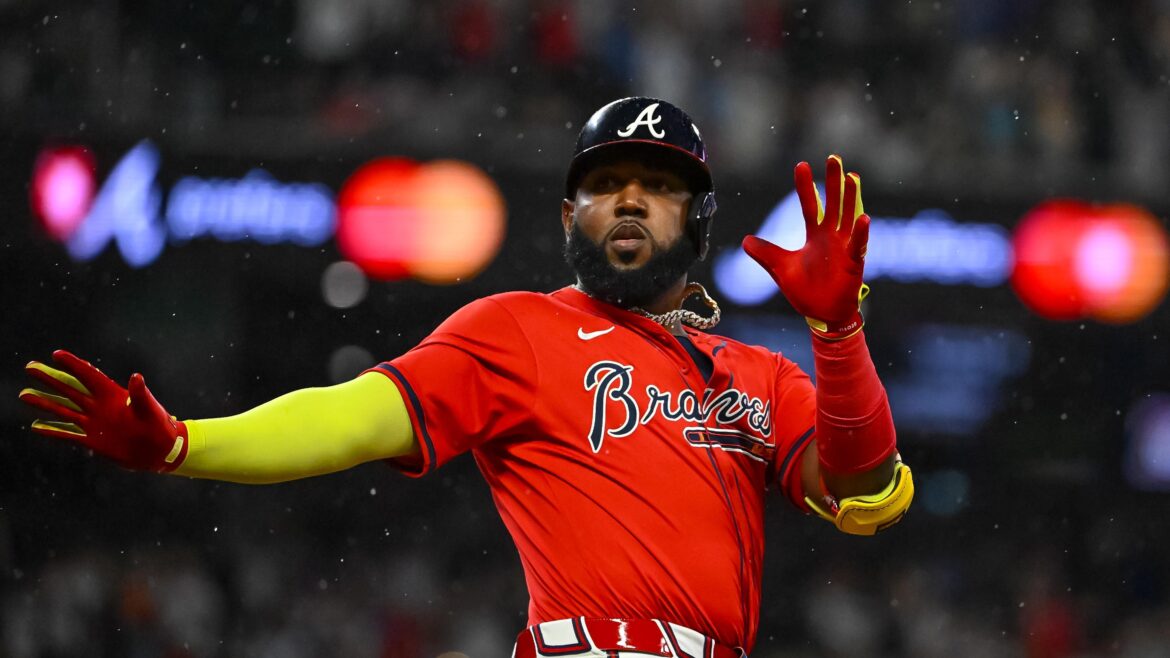As Major League Baseball navigates the ever-evolving landscape of the sport, the 2025-26 offseason promises to be a critical period for teams and players alike. With a framework of key dates and deadlines on the horizon, franchises will be strategizing their off-season plans, from free-agent signings to crucial trade negotiations. This article delves into the timeline of the offseason, highlighting critical events such as the free agency period, the non-tender deadline, and important winter meetings. Fans and analysts can expect a flurry of action as teams position themselves for success in the upcoming season. Join us as we break down what to anticipate in this pivotal offseason and explore how these developments could shape the competitive balance of the league.
Upcoming Key Dates for the 2025-26 MLB Offseason Planning
The 2025-26 MLB offseason is shaping up to be one of great anticipation, as several key dates approach that could significantly impact team rosters and strategies. Following the conclusion of the World Series, teams will quickly pivot to their offseason priorities. Notable dates to keep in mind include:
- November 7, 2025: Deadline for teams to issue qualifying offers to eligible free agents.
- November 13, 2025: Free agency officially opens, marking the beginning of a flurry of potential transactions.
- December 6-9, 2025: MLB Winter Meetings, a crucial period for trades and negotiations among teams.
- January 15, 2026: Deadline for teams to exchange salary figures with arbitration-eligible players.
As franchises prepare for the new season, the timing of these events can greatly influence their plans and fan expectations. Keeping tabs on these dates enables fans and analysts alike to gauge strategic moves, player movements, and possible surprises. The offseason culminates in Spring Training, where the resulting rosters will take shape. A few important dates to note for those invested in player development and team success are:
| Date | Event |
|---|---|
| February 20, 2026 | Pitchers and catchers report |
| February 25, 2026 | Full squad report |
Understanding Free Agency: Implications for Teams and Players
Free agency in Major League Baseball (MLB) serves as a pivotal period bridging the gap between a team’s current roster and its future ambitions. It allows players deemed free agents-typically those whose contracts have expired-to negotiate terms with any team, not just their previous club. This mechanic opens up a wealth of strategic options for both players and franchises, shaping the competitive landscape of the league. For teams, the implications are vast as they weigh the balance of retaining homegrown talent versus infusing fresh energy through new signings. As they navigate budget constraints, roster strategies, and fan expectations, organizations must also consider the timing of their moves to maximize their potential on and off the field.
Players entering free agency may encounter a convoluted pathway that includes evaluating contract offers, negotiating with multiple teams, and considering their long-term career trajectories. The market can be influenced by various factors, such as the perceived strength of a player’s performance in the prior season, specific positional needs across the league, and available salary cap space. Key considerations for players include:
- Contract duration and financial security
- Fit within a team’s culture and competitive window
- Potential for postseason play
Notably, the player’s agent plays a crucial role in navigating these complexities, often acting as a mediator to secure favorable terms that balance both the player’s desires and the realities of the market. Analyzing these dynamics is essential for fans to understand the fluid nature of player movement and team-building strategies in the MLB.
- Advertisement -
Deadlines That Matter: Maximizing Moves Before Spring Training
As the MLB offseason heats up, teams are gearing up for critical decisions that will shape their rosters moving into spring training. With the hot stove season approaching, several key deadlines loom on the horizon, prompting teams to finalize trades, sign free agents, and make essential roster moves. By effectively managing these pivotal dates, teams can optimize their lineups and bolster their chances for a successful season ahead. Among the most significant tasks will be the deadline for players to accept qualifying offers, which can lead to a flurry of activity as front offices make strategic adjustments to their player personnel.
Here’s a brief overview of some crucial deadlines that teams should keep in mind:
- Qualifying Offers Deadline: Ensure star players are considered for offers that can add value.
- Non-Tender Deadline: Evaluate players and make tough decisions that can impact payroll flexibility.
- Free Agency Commencement: Target potential acquisitions to fill roster gaps and enhance competitiveness.
- Winter Meetings: Engage in negotiations and discussions with other teams to secure impactful trades.
| Date | Event | Implications |
|---|---|---|
| November 10 | Qualifying Offers | Players have until this date to accept or decline offers. |
| December 1 | Non-Tender Deadline | Teams must decide who to keep or let go, affecting player market. |
| December 6-9 | Winter Meetings | Intensified trade discussions and free agency negotiations. |
Concluding Remarks
As the 2025-26 MLB offseason approaches, teams, players, and fans alike are bracing for a season of strategic maneuvering and palpable excitement. Understanding the key dates and deadlines outlined in this guide is essential for following the unfolding drama of trades, free agency, and roster decisions. As the baseball calendar ticks forward, keep an eye out for critical events such as the winter meetings and arbitration deadlines that will shape the trajectory of franchises across the league. With each passing day, the anticipation builds for what promises to be an offseason filled with significant moves and storylines that will impact the upcoming season. Stay tuned to Bleacher Nation for real-time updates, expert analysis, and in-depth coverage as we navigate through one of the most dynamic periods in Major League Baseball.


